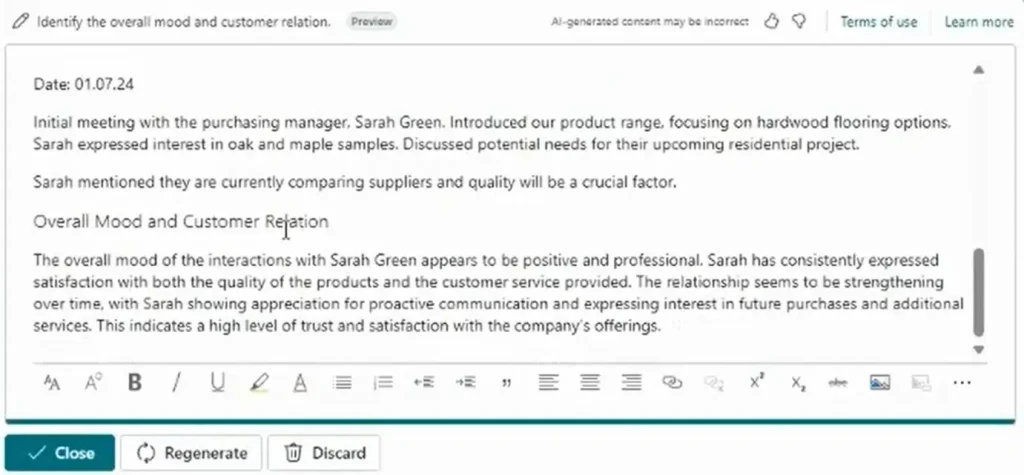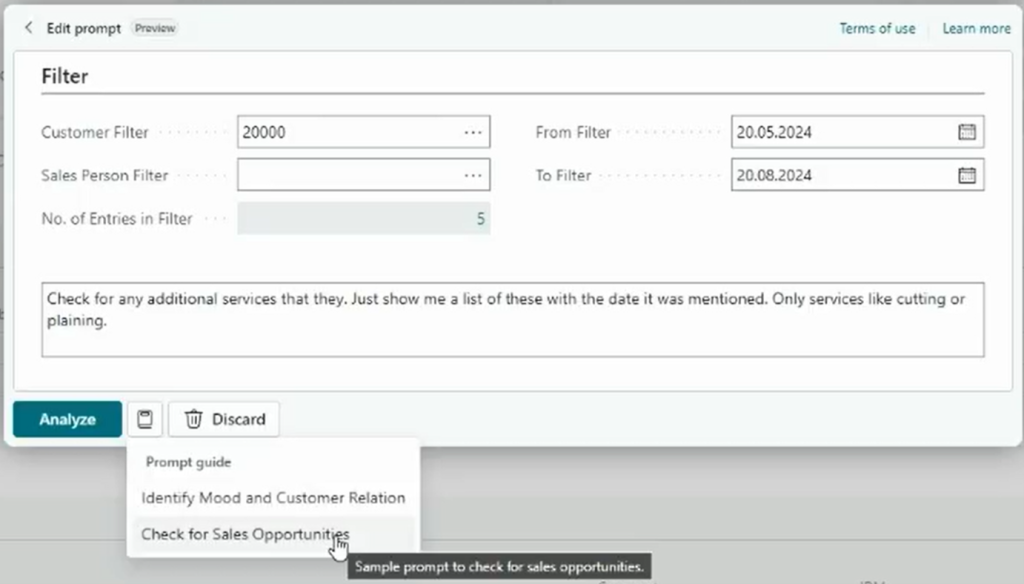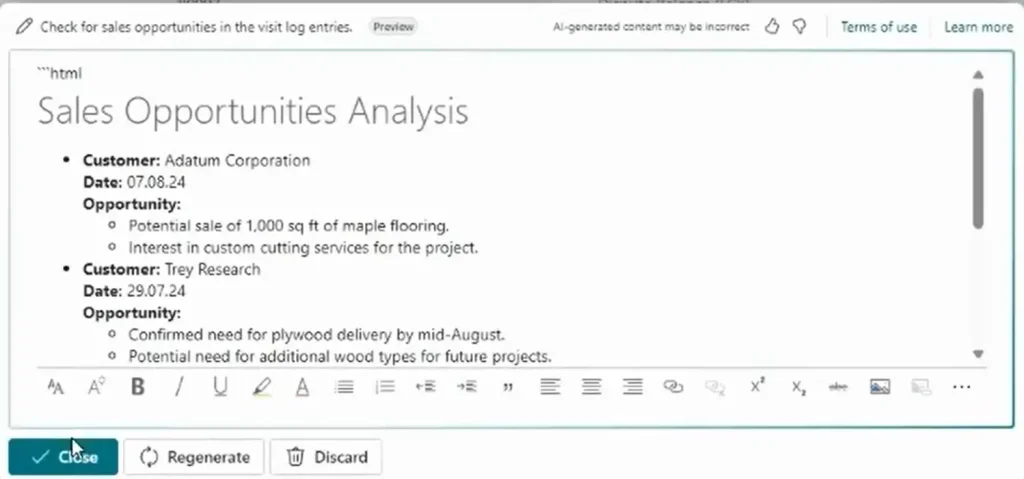
Timber sales are not performing at their best. It’s no secret that achieving sales quotas in this industry has become increasingly difficult.
The entire timber sector is navigating turbulent waters, affected by many trends, from geopolitical tensions (the Russia-Ukraine war) that have caused significant supply chain disruptions to high energy prices and declining exports.
The numbers from sawn wood sales in Europe are one stark example: in the first quarter of 2024, they plummeted by 27.7% year-on-year[i].
However, as the song says, ‘the show must go on.’ Despite the headwinds, timber traders must secure sales and exploit new opportunities.
Looking at the traditional sales model, I see that task with two challenges:
Technology can help with that, but before we get into the details, let’s examine the classical timber sales model more closely.
If you’re like most timber industry actors, you likely have long relied on a traditional sales model.
Your sales representatives are at the heart of this approach. They play a crucial role in managing client relationships. They typically document their client interactions through visit reports, which are known as Visit Log Entries.
These records were essential for tracking sales activities, understanding client needs, and ensuring accountability within the sales process.
The typical anatomy of those logs may look somewhat like this:
Among the various methods for documenting their visits, salespeople mostly enter data manually, filling out paper forms or notebooks to record details immediately after a visit.
Some tried simplifying and accelerating these tasks by creating templates, checklists, or other standardized formats to ensure consistent information capture.
Only a few use digital tools, such as mobile applications or CRM systems that allow real-time logging of visit details.
While the traditional approach has served the industry for decades, it fails to support today’s fast-paced, data-driven business environment. In addition, buyer behaviour has changed, and economic shifts are transforming the market.
We can identify several significant challenges with the traditional model:
Perhaps the most significant challenge lies in the massive amount of unstructured data generated by this system. While rich in information, visit log entries create a labyrinth of text that’s difficult to navigate and analyze effectively.
This wealth of unstructured data becomes a double-edged sword—potentially valuable but hard to distil into something that reveals valuable insights or a pathway to new sales opportunities.
As one timber executive says, “We had a goldmine of customer information, but no efficient way to dig out the nuggets.”
We hear about these issues frequently during our customer conversations. Our managing director, Andreas Honnen, frequently discusses them with our customers and their salespeople. We actively use these conversations to shape our future updates and new products and services.
Another element critical to product development is aligning our business strategy with Microsoft’s priorities. As a long-time Microsoft partner, acadon AG always tries to stay on top of industry trends and provide our customers with the latest developments in Microsoft technologies.
This is precisely what happened in the case of timber sales challenges: We listened to our customers talk about unstructured data, and we listened to Microsoft talk about AI and Copilot—which, by the way, loves turning unstructured data into meaningful insights.
So, the math was simple: We combined the two, which led to our acadon_timber app’s first integration of AI and Copilot, which helps timber sales reps modernize their old models.
The latest release of our application, Jungles, includes Copilot specifically for Visit Log Entries: acadon_timber.copilot.
It empowers our customers’ sales teams with insights that spot patterns and new sales opportunities previously buried in unstructured data. By systematizing unstructured data, Copilot can transform raw visit logs into actionable insights, potentially revolutionizing how timber companies manage their sales processes.
Here are a few examples of how Copilot spotlights valuable insights in Visit Entry Logs.
It captures customer sentiments from the representative’s notes.

From this type of summary, sales can not only provide laser-focused solutions for customers looking for specific products. They can also create lists of customers who showed significant interest and levels of trust, which may lead to future cross-selling and up-selling opportunities.
Another example of our Copilot integration is filtering specific categories of customers by asking a question.

Salespeople can receive a summary from acadon_timber.copilot on the sales opportunities, like in the picture below:

Building on identified sales opportunities, users can receive a list of entries they can follow up with.

More Copilot in the Future
At acadon, we will continue to invest in AI features where we see a good fit. As the industry continues to evolve, Copilot may be vital in overcoming many other challenges and in securing a competitive edge in the timber market.
Stay tuned for more AI integrations in the future. In the meantime, you can explore other new features in the Jungles release of our acadon_timber app, such as:
Interested to learn how acadon_timber can help your timber business? Reach out and we’ll set up a discovery call.
Connect with Klaus Fander on Linkedin >>
[i] https://www.globalwoodmarketsinfo.com/european-timber-industry-market-outlook/





